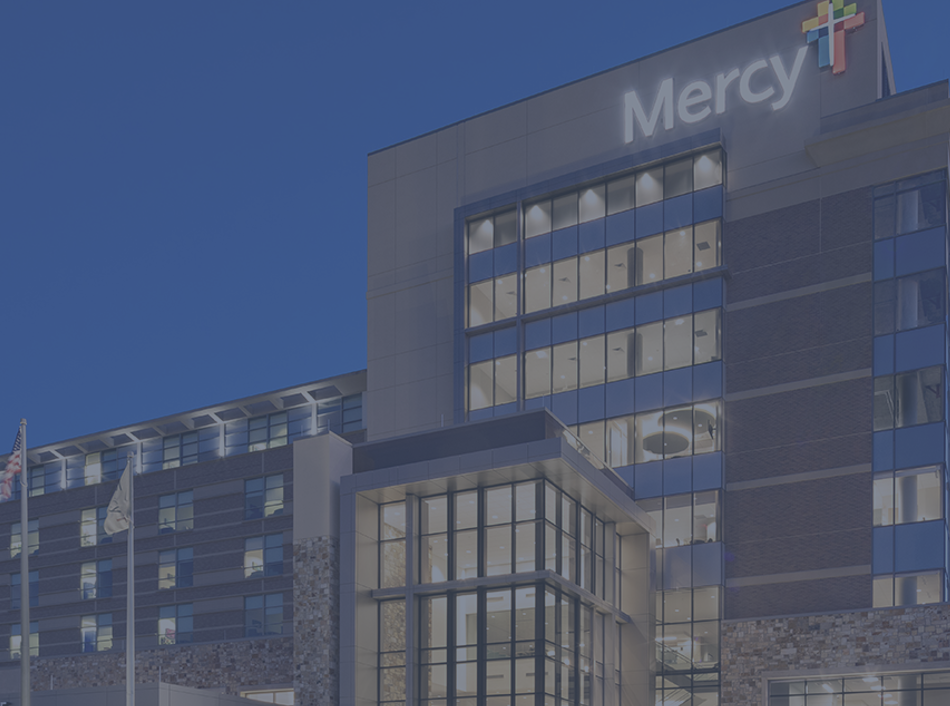Flint Pre-Authorization by Amitech
Airtight Pre-Authorization Processing
Boost the bottom line by cutting pre-authorization processing time and frequency of claim denials–$283 per transaction.
There’s a lot of manual back-office work required to ensure proper payment, even before a procedure takes place. Automating that activity with Amitech’s integrated healthcare automation component, Flint Pre-Authorization significantly reduces the time required to validate and record pre-authorization status and cuts the frequency of claim denials and associated revenue losses.
How it Works
The Flint Pre-Authorization bot reviews new procedure orders and newly scheduled visits in your scheduling system to identify those that require additional pre-approvals. Based on procedure and patient-specific information, Flint Pre-Authorization pulls together the necessary information from payors and your EMR to assess the status of eligibility coverage, pre-certification and prior authorization.
By entering patient information directly in payor websites, requesting certification/authorization and then recording patient status in your EMR, Flint Pre-Authorization closes the loop in this key piece of Revenue Cycle Management.
The BOT-tom Line:
- Reduce Labor Cost
- Avoid Unnecessary Rescheduling
- Reduce Claim Denials







